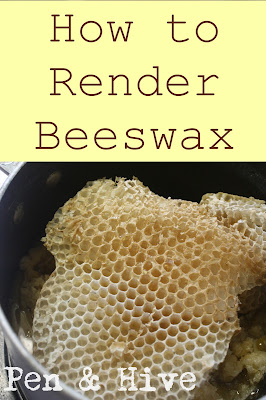For a minute it seemed like everything was possible.
Okay, that sounds melodramatic and winsome. If you have ever started a new venture you know what I mean. We'd take the blogosphere by storm! Readers would comment and argue and debate and we'd be leading the charge to civil discourse. We'd do that small thing romantics often dream of--we'd change the world.
Our blog was well tended. A fat spoiled intellectual love child I liked to call Junior. As in, "Dear Professor, I'm traveling to Greece could you tend Junior in my absence? And don't forget to update his Facebook page, he'll be cranky." You get the idea.
We thought we were fascinating ( people always do, don't they?) but few people read it. I now know a few reasons why that I didn't understand when we started. All the cliche ones about reading and commenting on other blogs and using images or solving problems turn out to be true. We didn't solve very many problems--we attribute this (in all humility)-- to a lack of minions. Minions being essential for world changing and/or domination. We were however brilliant (ahem, to our own minds) and tireless in pointing out the problems and yes, occasionally we even recognized our own contributions to them.
So was it worth it? On every level...yes. Nothing will make you rethink all your ideas and opinions like sitting down every week to defend them. Many times what I really thought about an issue only became clear to me as I was writing about it. Having another person call you on sloppy thinking and faulty data will find you soon fact checking everything. Please note that doing this with friends and family on your phone under the table while they are speaking is somehow considered rude (go figure). Publicly saying what you think about politics or religion will ensure that you have some pretty damn good backup for why you think and believe what you do. Our original motto was "Truth springs from argument among friends." We still believe that. But for it to be productive you have to care more about the relationship and the other person than about being right. We sincerely hope you have friends who you can argue with on your way to truth and better thinking.
He would have liked that.




























